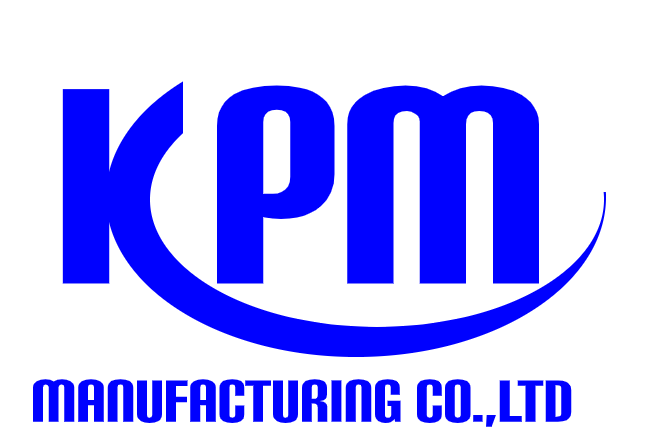It’s important to accurately estimate the useful life to ensure proper financial reporting. The DDB method contrasts sharply with the straight-line method, where the depreciation expense is evenly spread over the asset’s useful life. The choice between these methods depends on the nature of the asset and the company’s financial strategies. DDB is preferable for assets that lose their value quickly, while the straight-line method is more suited for assets with a steady rate of depreciation. Aside from DDB, sum-of-the-years digits and MACRS are other examples of accelerated depreciation methods.
What Is the Declining Balance Method of Assets Depreciation?
This cycle continues until the book value reaches its estimated salvage value or zero, at which point no further depreciation is recorded. Per guidance from management, the PP&E will have a useful life of 5 years and a salvage value of $4 million.

Bookkeeping Tips for Managing Seasonal Cash Flow Fluctuations
Like in the first year calculation, we will use a time factor for the number of months the asset was in use but multiply it by its carrying value at the start of the period instead of its cost. The key distinction is that the rate of depreciation is more aggressive during the initial years when employing the double declining balance method. (You can multiply it by 100 to see it as a percentage.) This is also called the straight line depreciation rate—the percentage of an asset you depreciate each year if you use the straight line method.

Tools and Calculators for Double Declining Depreciation Depreciation Rate: Straight Line Depreciation Rate
- By the end of this guide, you’ll be equipped to make informed decisions about asset depreciation for your business.
- The Straight-Line Depreciation Method allocates an equal amount of depreciation expense each year over an asset’s useful life.
- So the amount of depreciation you write off each year will be different.
- The next chart displays the differences between straight line and double declining balance depreciation, with the first two years of depreciation significantly higher.
- Nevertheless, businesses should carefully evaluate their specific circumstances and asset types when choosing a depreciation method to ensure that it aligns with their financial objectives and regulatory requirements.
- So, in the first year, the company would record a depreciation expense of $4,000.
The depreciation expense calculated by the double declining balance method may, therefore, be greater or less than the units of output method in any given year. The biggest thing to be aware of when calculating the double declining balance method is to stop depreciating the asset when you arrive at the salvage value. That is less than the $5,000 salvage value determined at the beginning of the asset’s useful life.
- First, determine the asset’s initial cost, its estimated salvage value at the end of its useful life, and its useful life span.
- Instead, we simply keep deducting depreciation until we reach the salvage value.
- The double declining balance method accelerates depreciation, resulting in higher expenses in the early years, while the straight line method spreads the expense evenly over the asset’s useful life.
- When you’re a Pro, you’re able to pick up tax filing, consultation, and bookkeeping jobs on our platform while maintaining your flexibility.
- One way of accelerating the depreciation expense is the double decline depreciation method.
- Depreciation in the year of disposal if the asset is sold before its final year of useful life is therefore equal to Carrying Value × Depreciation% × Time Factor.

The arbitrary rates used under the tax regulations often result in assigning depreciation to more or fewer years than the service life. Increase your desired income on your desired schedule by using Taxfyle’s platform to pick up tax filing, consultation, and bookkeeping jobs. Tickmark, Inc. and its affiliates do not provide legal, tax or accounting advice. The information provided on this website does not, and is not intended to, constitute legal, tax or accounting advice or recommendations.
Since we already have an ending book value, let’s squeeze in the 2026 depreciation expense by deducting $1,250 from $1,620. Given its nature, the DDB depreciation method is best reserved for assets that depreciate rapidly in the first several years of ownership, such as cars and heavy equipment. By applying the DDB depreciation method, you can depreciate these assets faster, capturing tax benefits more quickly and reducing your tax liability in the first few years after purchasing them.
Then come back here—you’ll have the background knowledge you need to learn about double declining balance. We take monthly bookkeeping off your plate and deliver you your financial statements double declining balance method by the 15th or 20th of each month. Suppose a company purchased a fixed asset (PP&E) at a cost of $20 million. The cost of the truck including taxes, title, license, and delivery is $28,000.
Best accounting software for calculating depreciation
Generally Accepted Accounting Principles (GAAP) allow for various depreciation methods, including DDB, as long as they provide a systematic and rational allocation of the cost of an asset over its useful life. To illustrate the double declining balance method in action, let’s use https://www.bookstime.com/ the example of a car leased by a company for its sales team. This will help demonstrate how this method works with a tangible asset that rapidly depreciates. Depreciation is a crucial concept in business accounting, representing the gradual loss of value in an asset over time.
The key to calculating the double declining balance method is to start with the beginning book value– rather than the depreciable base like straight-line depreciation. The beginning book value is multiplied by the doubled rate that was calculated above. The depreciation expense is then subtracted from the beginning book value to arrive at the ending book value. The ending book value for the first year becomes the beginning book value for the second year, and so on. An asset’s estimated useful life is a key factor in determining its depreciation schedule. In the DDB method, the shorter the useful life, the more rapidly the asset depreciates.
